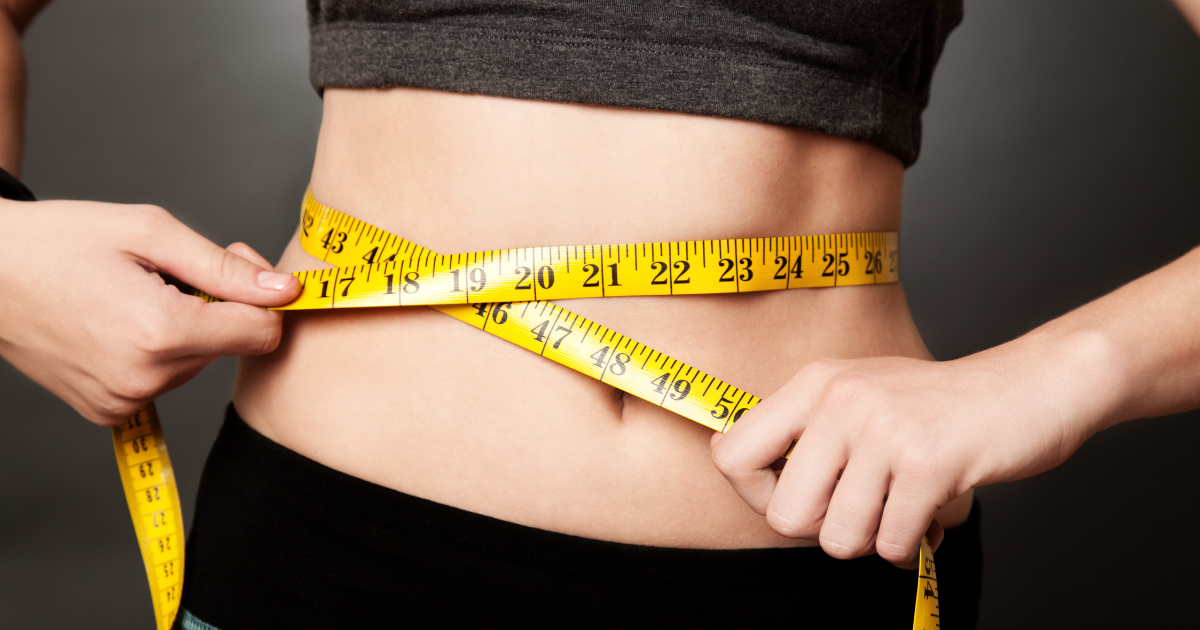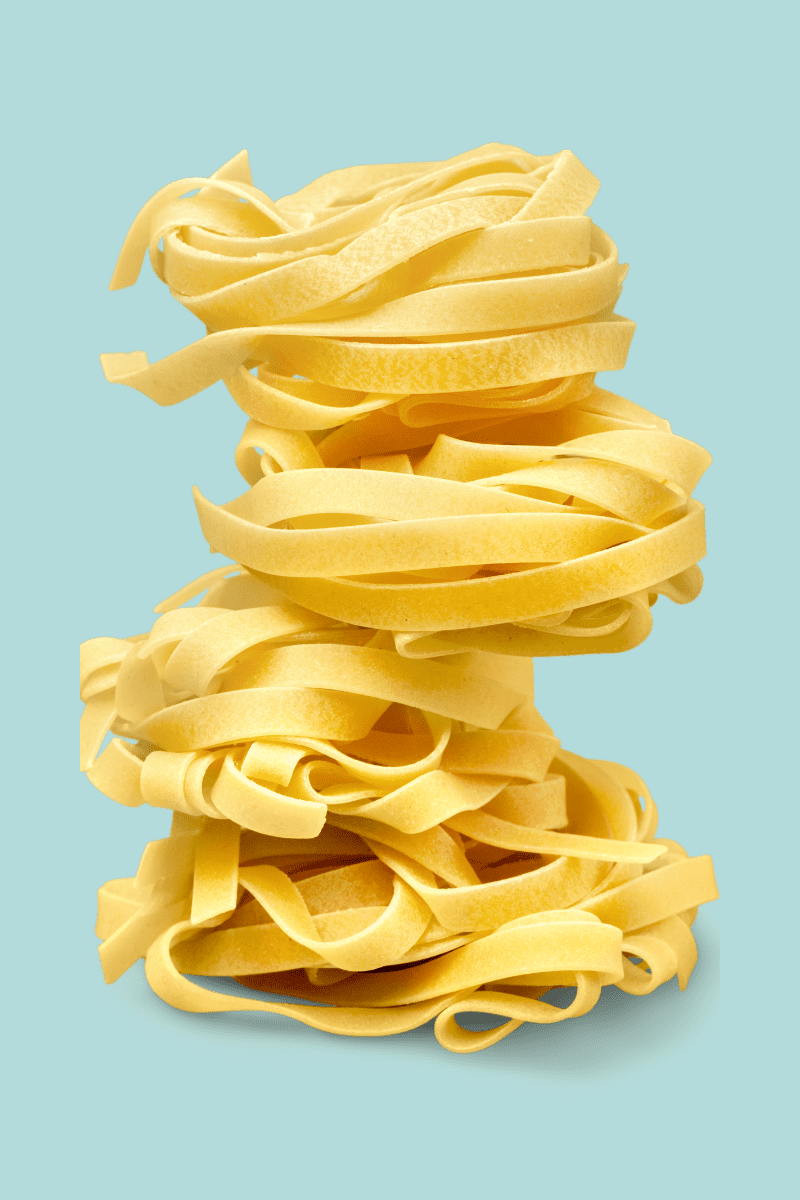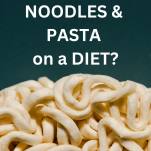Can You Eat Noodles and Pasta on a Diet?
Trying to lose weight while still enjoying your favorite dishes can be a challenge. While noodles and pasta are staples in many diets, you may be wondering if they can fit into your weight loss plan. Speeding up weight loss is a goal for many people, and it often involves eating less and cutting out certain types of food, especially carbohydrates. But can you eat noodles and pasta on a diet?
While it’s true that noodles and pasta are typically high in carbohydrates, that doesn’t mean they’re off-limits on a weight-loss diet. So many of us are now on a low-carb diet, like the ketogenic diet, and are eliminating all carbs. But there are healthy noodle and pasta dishes you can have. In this blog, we’ll explore the pros and cons of eating noodles and pasta on a weight loss diet. Read on to find out if these delicious dishes can fit into your diet plan.
What are Noodles and Pasta?

Noodles and pasta are two of the most popular dishes around the world. From Italian classics to Asian dishes, noodles and pasta provide an easy way to enjoy a delicious meal. But what’s the difference between the two? And what types of noodles and pasta are available?
While they have similarities, there are some key differences between noodles and pasta that are worth noting.
Differences Between Noodles and Pasta
Ingredients
First, the difference in ingredients. Noodles are made primarily from wheat flour and water, while pasta is made mainly from durum wheat flour, water, and eggs.
Texture
The difference in ingredients gives noodles and pasta their distinct and unique textures. Noodles are generally more elastic and chewy, while pasta is firmer and more tender.
Shape
The two also differ in their shapes and thicknesses. Noodles are usually long and thin, while pasta can come in a variety of shapes and sizes.
Cooking Method
The way they are cooked is also different. Noodles are generally boiled in water, while pasta can be boiled, baked, or cooked in other ways.
Cooking Time
The cooking time of noodles and pasta is also different. Noodles are generally cooked for a shorter amount of time than pasta. This is because noodles require less cooking time to achieve their desired texture and flavor. Pasta, on the other hand, needs more time to cook, typically 8-10 minutes or longer.
Flavor
Noodles and pasta each have their own unique flavor profiles. Noodles have a slightly sweeter and nuttier flavor, while pasta has a slightly saltier and chewy texture.
Nutritional Value
Finally, the nutritional value of noodles and pasta differs. Noodles are generally low in fat and calories, while pasta tends to be higher in fat and calories due to the added eggs. Noodles also contain more carbohydrates, while pasta contains more protein. This means that if you are trying to watch your weight, noodles may be the better choice. However, pasta can be enriched with vitamins and minerals, making it a more nutritious option. Ler’s take a closer look at the nutritional information.
Nutritional Value of Noodles

Noodles are a great source of carbohydrates, which are your body’s primary source of energy. They are also rich in protein and fat, providing you with the essential macronutrients you need for a balanced diet.
Carbohydrates: Noodles are typically made with grains and starches, meaning they are a great source of carbohydrates. The type of grain or starch used to make the noodles will determine the exact carbohydrate content, but some common types of noodles provide around 20-30 grams of carbohydrates per serving.
Protein: Depending on the type of noodle, a single serving may provide you with three to five grams of protein.
Fat: Depending on the type of noodle, a single serving may provide you with one to two grams of fat.
Vitamins and Minerals: Noodles are also a great source of vitamins and minerals. They are a good source of B vitamins, which are essential for energy production, and they also contain minerals such as calcium, iron, zinc, and magnesium. Finally, some types of noodles are also fortified with added vitamins and minerals, such as calcium and vitamin D.
Nutritional Value of Pasta

Carbohydrates. Depending on the type of pasta, it can contain anywhere from 30 to 45 grams of carbohydrates per serving, making it a great source of energy.
Protein: pasta also contains some protein, typically ranging from 6 to 8 grams per serving.
Fat: pasta often contains between 1 and 3 grams of fat per serving, making it a relatively low-fat food.
Vitamins and Minerals: Pasta is a great source of B vitamins. This includes thiamine, riboflavin, niacin, and folate. It also provides some minerals, such as iron, magnesium, and zinc. Additionally, pasta is a good source of dietary fiber, which is important for promoting healthy digestion.
Most of these micronutrients are found in the outer layers of the pasta, so be sure to cook your pasta al dente to preserve these valuable nutrients.
Common Types of Noodles

There are a few varieties that stand out as the most popular. Ramen noodles are probably the most well-known and are made from wheat or buckwheat flour, water, and salt. Udon noodles are also very popular, and they are made from wheat flour, water, and salt. Soba noodles, popular in Japanese cuisine, are created from buckwheat flour. Lastly, rice noodles are a type of noodle made from rice flour and water.
Common Types of Pasta

Spaghetti is probably the most well-known pasta, and it is made from Durum wheat semolina. Penne is another popular variety, and it is made from semolina and water. Fettuccine is also a popular pasta, and it is made with egg and flour. Ravioli is a type of stuffed pasta, and it is usually filled with cheese, vegetables, or meat. And lastly, lasagna is a type of pasta made with layers of flat pasta and filled with cheese, meat, and vegetables.
Can You Eat Noodles and Pasta on a Diet?
Noodles and pasta have long been staples of Asian and Italian cuisines and have found their way into many dinners around the world. But can you really eat noodles and pasta on a diet? Well, let’s take a look at the pros and cons of eating noodles and pasta on a diet.
Pros of Eating Noodles and Pasta on a Diet

Low in Calories
Noodles and pasta can be a good option for those on a weight loss diet as they are low in calories and can help you achieve a calorie deficit to support your weight loss, One cup of cooked pasta contains around 200 calories, whereas one cup of cooked noodles contains around 100 calories. They can be considered a low-calorie food which makes them a good option for those watching their waistline.
Increase Satiety
Eating whole grain pasta and noodles can also help you feel fuller for longer, as they are a source of complex carbohydrates. Unlike simple carbohydrates, which are quickly and easily digested, complex carbohydrates provide your body with sustained energy throughout the day. This can help you stay full for longer and prevent overeating. Additionally, complex carbohydrates are an excellent source of dietary fiber, which helps to keep you regular and even help increase satiety.
Good Source of Vitamins and Minerals
Noodles and pasta can also be a great source of essential vitamins and minerals. They are also a good source of protein, which is essential for muscle growth and repair. This is especially important for those on a weight loss diet as it can help to preserve and build muscle mass, which helps to keep the metabolism going.
Cons of Eating Noodles and Pasta on a Diet

High in Carbohydrates
Despite the benefits of noodles and pasta on a weight loss diet, there are some drawbacks. One of the main reasons dieters avoid pasta and noodle dishes is that they can be high in carbs and some are made with refined grains, which can lead to an increase in blood sugar levels. This can cause cravings and make it more difficult to stick to a weight loss diet. Also, eating too many carbohydrates can cause your body to store the extra calories as fat, which can lead to weight gain.
High Sodium Content
Noodles and pasta can also be high in salt, which can lead to a rise in blood pressure. Also avoid adding soy sauce, which is also high in sodium, to your noodles Plus, there is a lot of sodium in monosodium glutamate (MSG) in instant noodles and instant ramen.
High blood pressure is something to consider if you are on a weight loss diet, as high blood pressure can lead to heart disease and strokes.
High in Fat
Finally, noodles and pasta can also be high in fat, particularly if they are cooked in oil. This can make them a bad choice for those on a weight loss diet, as too much fat can contribute to weight gain and make it difficult to lose weight.
Tips for Eating Noodles and Pasta on a Diet

Eating noodles and pasta can be a great way to stay on track with a weight-loss diet. Noodles and pasta can provide complex carbohydrates and fiber, both of which are essential for maintaining a healthy weight. However, not all noodles and pasta are created equal when it comes to weight loss. Here are some tips to help you make the most of your noodle and pasta dishes while you’re trying to slim down.
Choose Low-Calorie Noodles and Pasta
A good idea is to choose low-calorie options. This means avoiding white flour-based noodles and pasta. Instead, opt for whole wheat noodles and pasta, which are healthier and still offer great flavor. Give zucchini noodles a try and you’ll save a lot of calories while still enjoying a tasty meal..
Choose High-Fiber Options
When selecting noodles and pasta, opt for high fiber options. High-fiber foods will help you feel fuller for longer, which is beneficial for weight loss. Look for pasta made with legumes or quinoa, which are both excellent sources of protein and fiber. Whole-wheat pasta and whole grain noodles are great options here, as they are packed with dietary fiber.
Avoid High-Fat Sauces and Toppings
Fats are an essential part of a healthy diet, but it’s important to pay attention to the type of fats you’re eating. Avoid high-fat sauces such as Alfredo and toppings like cheese when preparing your noodles and pasta. Opt for tomato-based or low-fat sauces and vegetable toppings instead.
Add Healthy Vegetables and Lean Protein
A great option is to incorporate vegetables and lean proteins into your noodles and pasta dishes is the best way to make them more nutritious and filling. Vegetables such as mushrooms, spinach, and bell peppers are packed with vitamins and minerals while lean proteins such as chicken, fish, and tofu are a great way to add protein to your meals.
Types of Noodles to Avoid

It’s important to avoid noodles that are high in fat, sugar, and sodium if you’re trying to get rid of extra pounds. White noodles are a big no-no, as they are usually made with refined flour and are low in nutrients. Also, watch out for instant noodles and instant ramen noodles, as these are high in sodium and have very little nutritional value. Furthermore, deep-fried noodles and instant noodles, as they’re typically high in calories and saturated fats.
Types of Pasta to Avoid

These types of pasta should be avoided because there are either high in carbs, calories, fat, or salt.
- White pasta
- Stuffed pasta
- Pre-made pasta dishes
- Lasagna
- Macaroni and cheese
Noodles and Pasta Can Be Good for Weight Loss

Yes, noodles and pasta can be a part of a balanced diet and a weight loss diet when consumed in moderation and with the right ingredients! By choosing healthier alternatives like low-calorie, high fiber whole-wheat noodles and pasta, avoiding high-fat sauces and toppings, and adding healthy vegetables and lean meats, you can enjoy the taste of noodles and pasta while still achieving your weight loss goals. Eating noodles and pasta in this way can be a great way to enjoy a delicious meal while still keeping an eye on your calorie intake.



